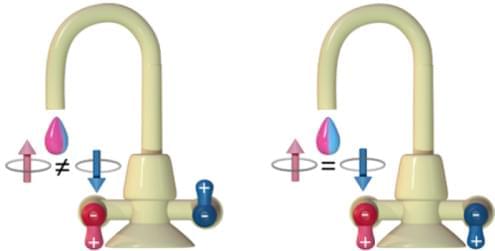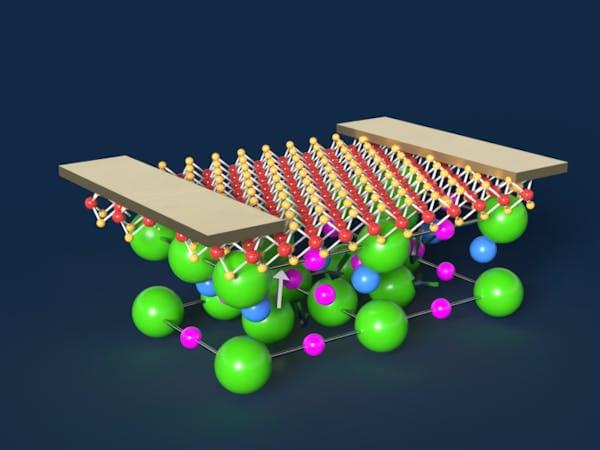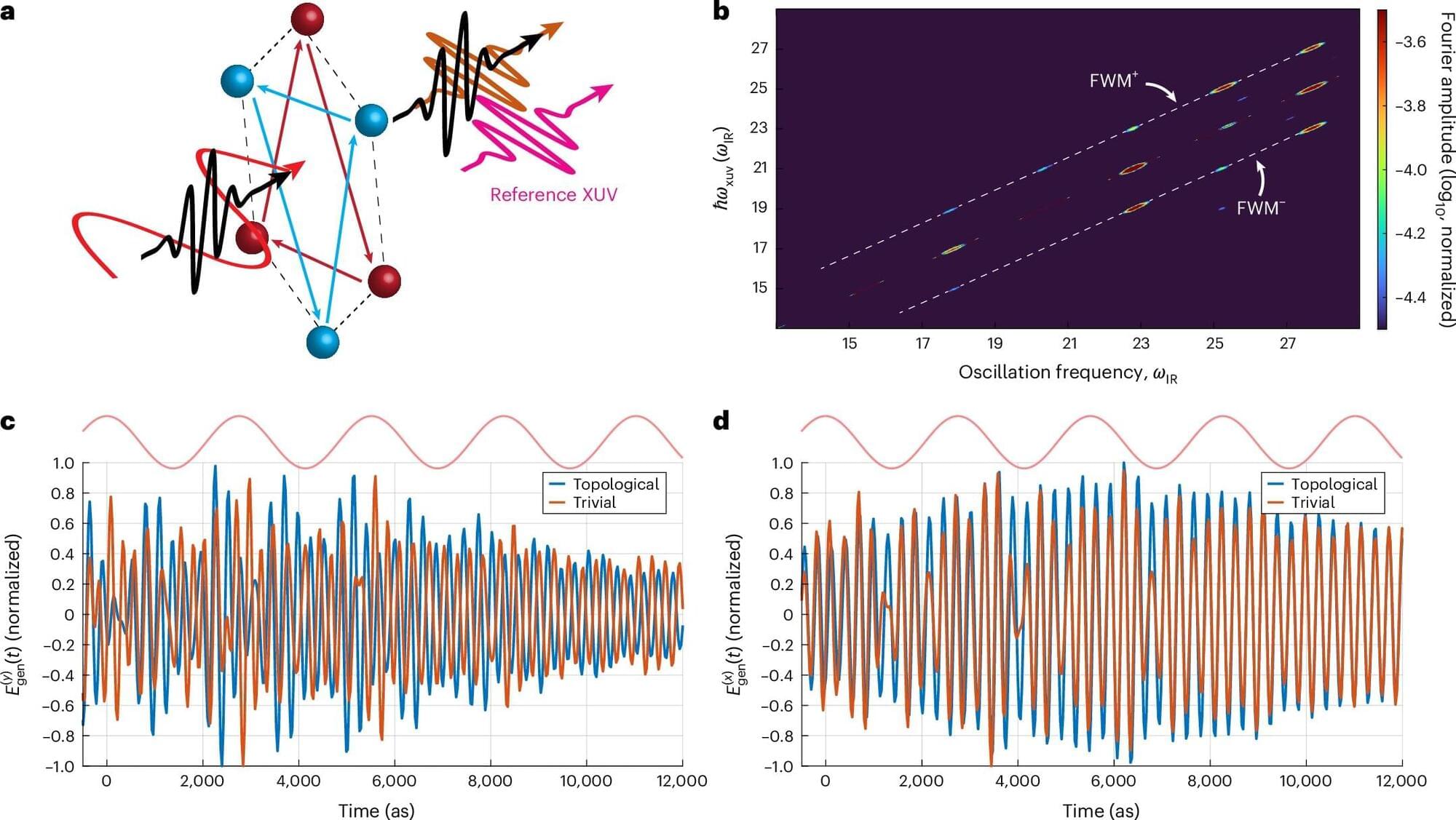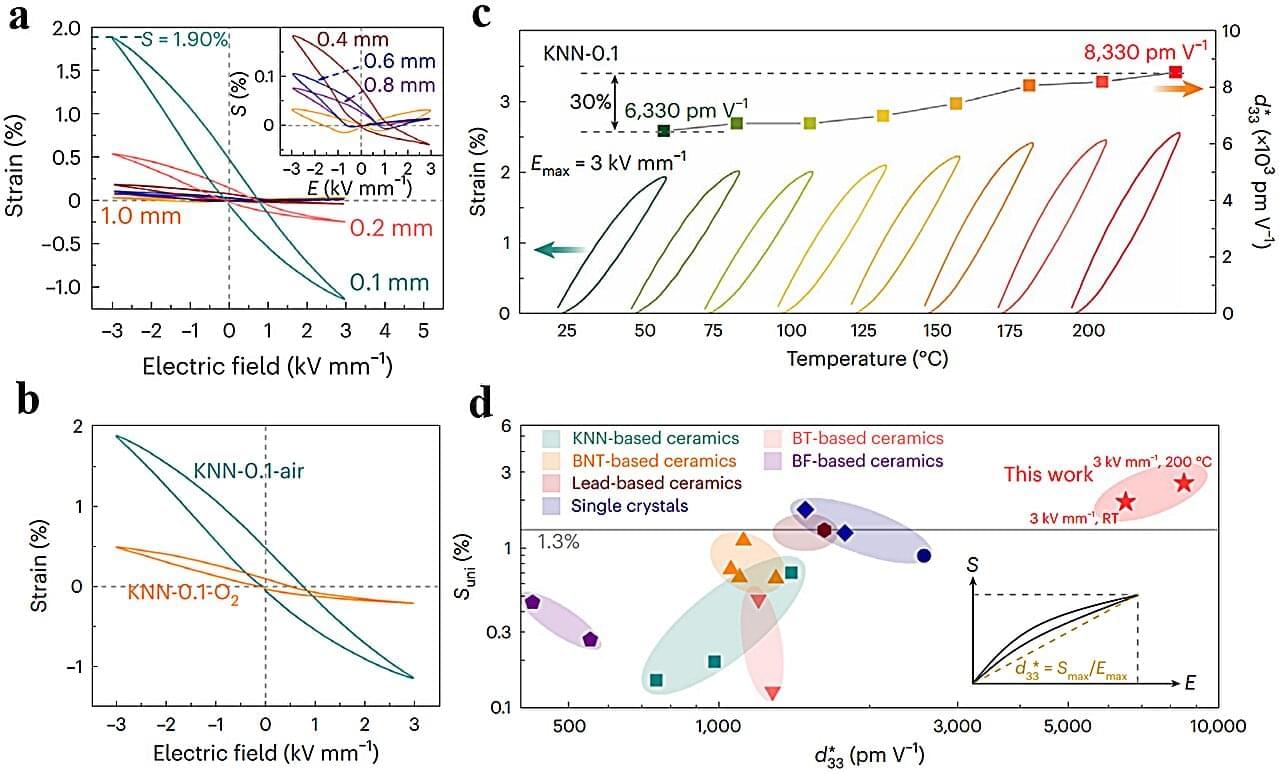Japan is home to a wide variety of train stations, from tiny countryside sheds to sprawling urban complexes, stations with their own wineries and ones with giant ancient relics whose eyes glow. It’s gotten to the point where it’s really hard to be “the first” anything when it comes to train stations, but JR West has managed it with the first-ever 3D-printed station building.
This new structure is scheduled to replace the current one at Hatsushima Station on the JR Kisei Main Line in Arida City, Wakayama Prefecture. Like many relatively rural stations in Japan, the wooden structures are aging and in need of replacements.
The new building will be roughly the same size, covering 10 square meters (108 square feet) and made from a more durable reinforced concrete. The foundation and exterior of the building will be printed off-site by Osaka-based 3D-printer housing company Serendix.









